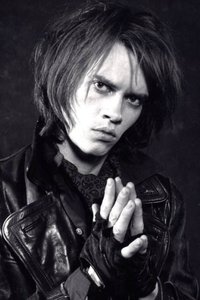King of Sex
Genres
Music
OverView
In the first half of the movie Nick Zedd has a rough sexual playtime with two young women. In the second half, whilst dressed in drag, he attempts to fellate a too-drunk Rick Strange. All the while, Killdozer's 'King Of Sex' grinds away on the soundtrack.
Others
Budget
$--
Revenue
$--
Status
Released
Original Language
English
Runtime
5 mins
Rating
3.2/10
Release Date
01 January 1986
Country
United States of America



